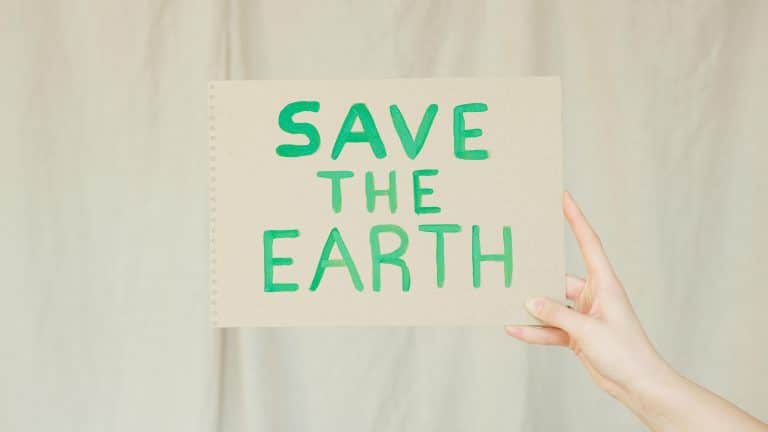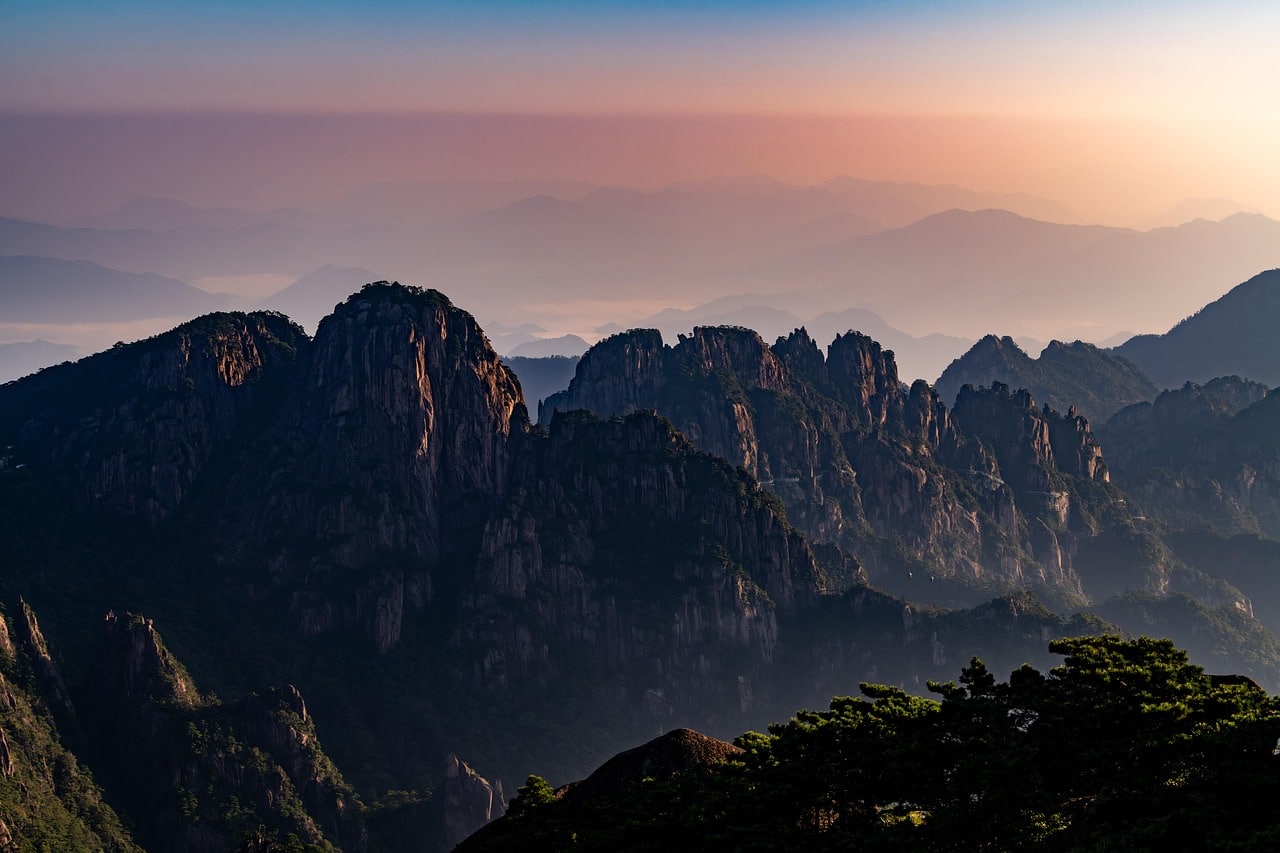Conserving renewable natural resources is essential. Two such natural resources are plant life and water. It is important to pay attention to ensure these resources are effectively replenished. Plants provide food. They also help protect land in ways such as limiting erosion. Plants are a renewable resource in that they can be replanted. However, they may not be replanted at the same rate as they are used. For instance, more trees are felled for timber than are replaced.
Water provides hydration. It is also an important component of the agricultural process. It can be scarce and difficult to access. Also, previously usable water may be polluted. Water travels repeatedly through the water cycle. Though the water cycle does not create new water, it does distribute essential water supplies.
How Plants Are Essential
One important natural resource is plant life. The Riverside-Corona Resource Conservation District (RCRCD) discusses how plants contribute to life on Earth. The RCRCD states: “Plants are one of our most valuable and renewable natural resources.” They can, for instance, limit the erosion of soil by helping it remain in place.
The USDA National Institute of Food and Agriculture’s website also discusses plants’ essential role. According to the website, “plants provide the planet with food, oxygen, and energy.” They do this through the process of photosynthesis. The USDA defines plants’ photosynthesis as “a process… to convert light energy… into chemical energy.”
In addition to being a resource themselves, plants can also help protect other resources. The USDA Natural Resources Conservation Service website cites plants as “common ingredients” in its efforts. About plants, the website states: “They… heal the land after wildfire.” They can also be helpful after droughts and floods. In addition, plants can provide sustenance and cover for animals. In addition, plants can act as filters. The BBC states that “plant leaves take in carbon dioxide and other pollutants.” The plants can then either break down these substances or utilize them.
Why Water Needs Protection
Another essential natural resource is water. Environment.co states: “Water is commonly accepted as one of the most renewable resources.” However, though renewable, water still needs to be protected. According to Environment.co, water that sustains existence is “both a renewable and a limited resource.” Water is scarce in many places. Also, water is often not treated sufficiently well to be drinkable. However, Environment.co states that water “can manifest into a genuinely renewable resource over time.”
The water cycle is key to water’s renewability. New water is not created through this cycle. However, Environment.co explains that “the water cycle works to recycle what water humans have.” For humans, access to water is crucial. For instance, drinking water is essential for staying hydrated. Also, irrigation via water is important for agriculture. The National Oceanic and Atmospheric Administration emphasizes the importance of water’s “abundance and timely delivery.” The water cycle helps.
The water cycle has four steps: evaporation, condensation, precipitation, and runoff. During evaporation, water turns from liquid to vapor. Condensation involves water vapor turning back into liquid as droplets. Precipitation involves water falling to Earth. Rain is an example of precipitation. Runoff is running water on the ground post-precipitation. This moving water can cause environmental changes.
About Conserving Renewable Natural Resources
As natural resources, plants and water are both considered renewable. According to Environment.co, “renewable resources are infinite.” Unlike nonrenewable resources that cannot be replenished, renewable resources can be regenerated. However, conservation of renewable resources is still important.
For instance, according to Environment.co, “with timber, humans fell more trees than they replant.” Therefore, though renewable, plant resources can become depleted if not consciously replenished. In addition, Environment.co states that it is important not to “take water for granted.” According to the Bureau of Reclamation, of the world’s water, 0.5% is usable fresh water. Factors such as pollution can affect even that amount.








